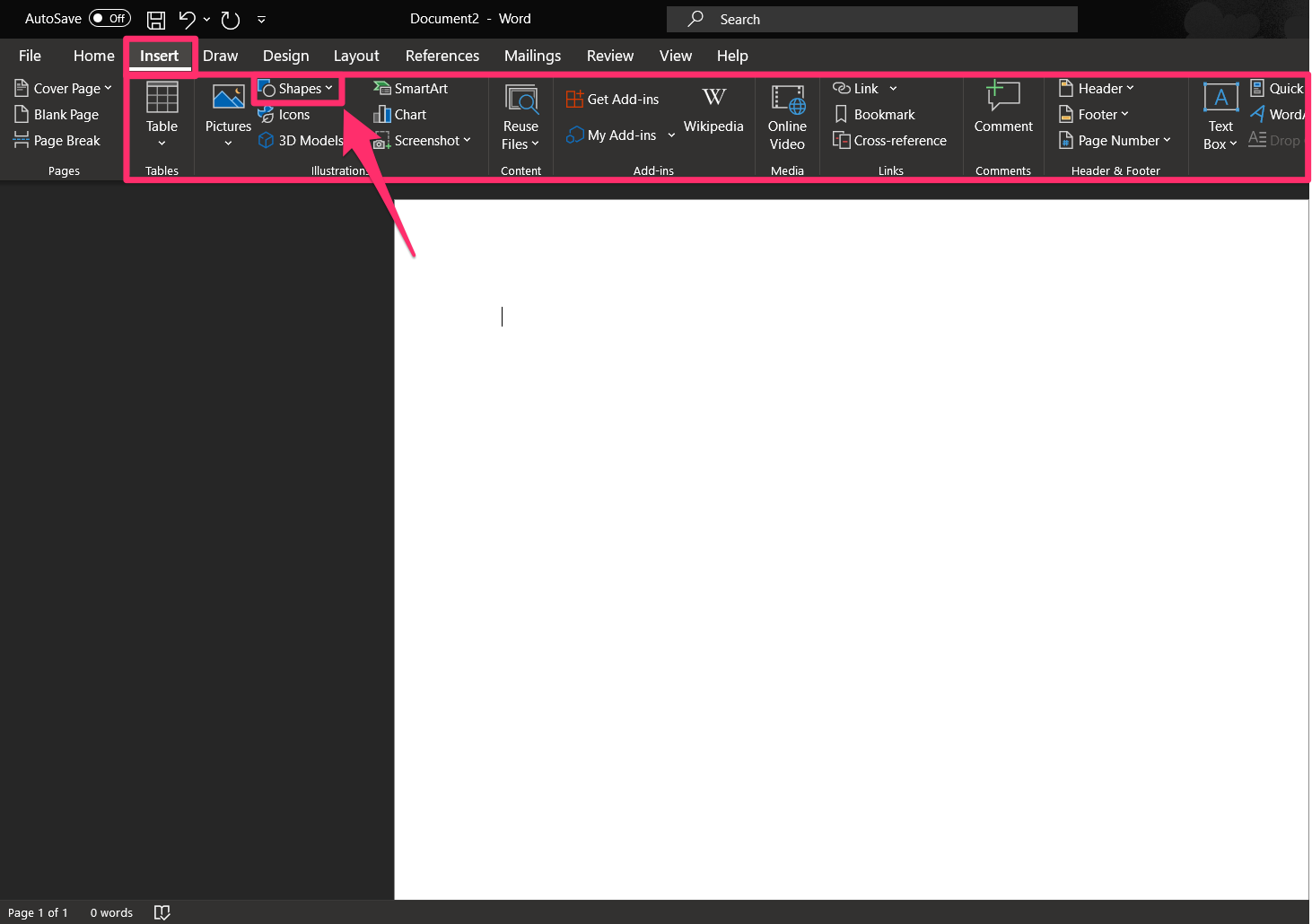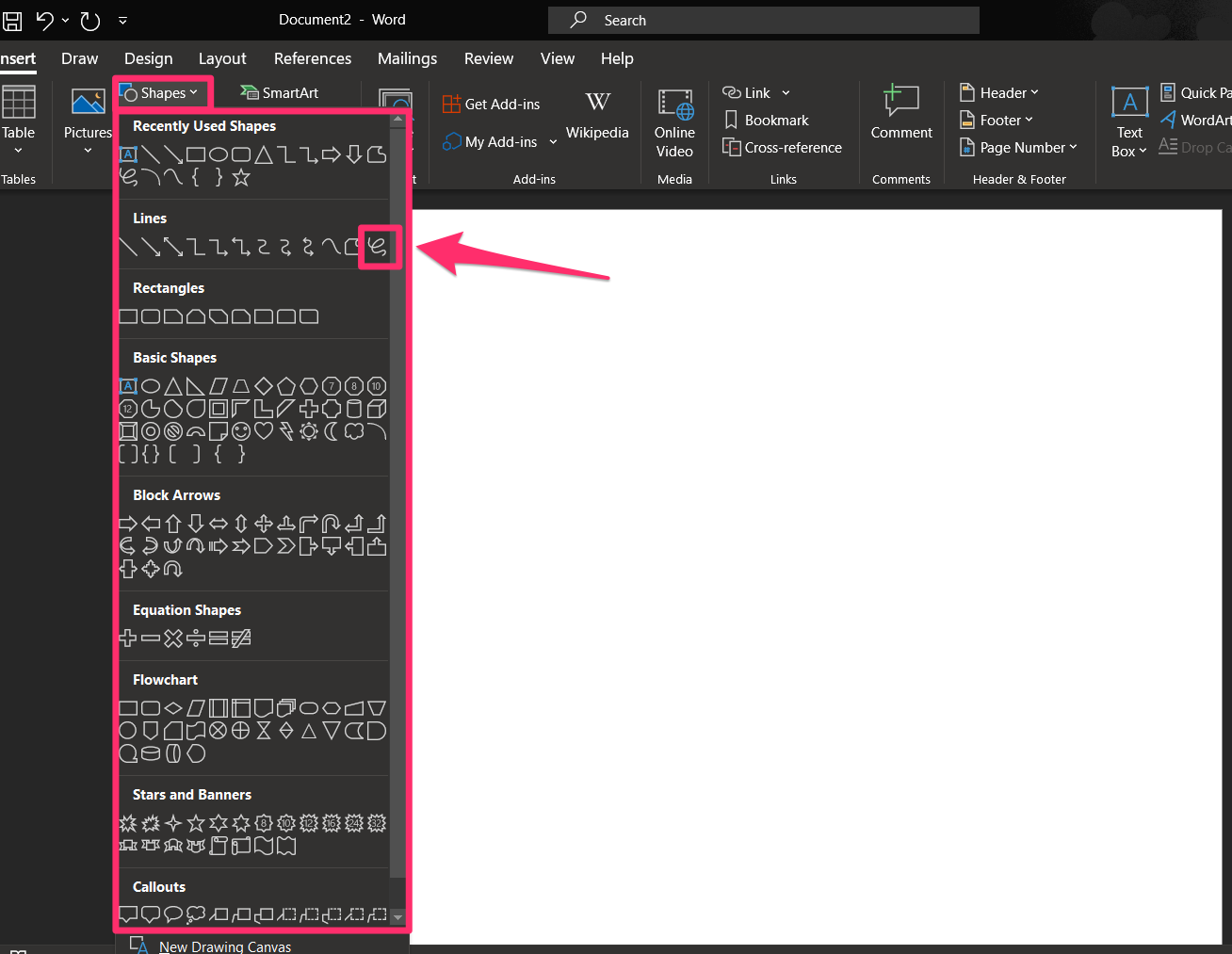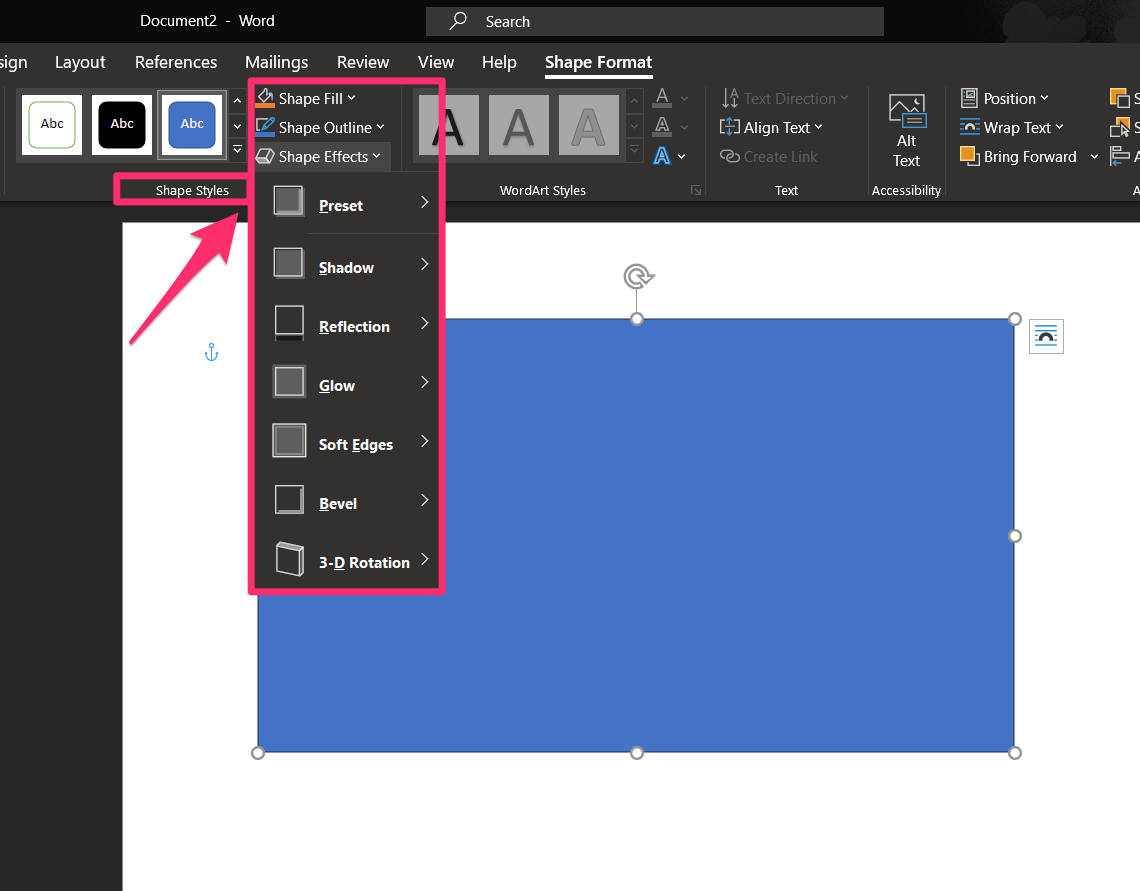
JAG IMAGES/Getty Images
- You can draw freely in Microsoft Word using the “Draw” feature whether you have Word for Mac or Windows.
- You can also insert customizable shapes into your document, or draw using the “Scribble” feature.
- The process of drawing in Word varies based on which version of Word and device you’re using.
- Visit Insider’s Tech Reference library for more stories.
If you’ve ever wanted to express an idea visually rather than with words, you can do so in Microsoft Word with the “Draw” feature.
Word lets you create your own custom drawings using the mouse or touch tools. Or, if you’re not the best artist, you can insert pre-set shapes and illustrations that can be customized to your liking. Here’s how to do both in Word.
How to draw on Microsoft Word using touch tools or the mouse
The steps for creating a custom drawing in Word are different depending on what kind of device and what version of Word you have.
If you have a Windows computer with Microsoft 365 or Office 2019:
1. Open an existing document or create a blank document in Word.
2. The “Draw” tab may be already available on your ribbon if you have a touch-enabled device. If “Draw” is not an available tab on your ribbon, you’ll need to add it. To do so, click “File” at the top of your screen, then “Options,” and select “Customize Ribbon.” In the Customize screen, click on “Draw” to add it to the ribbon.
How to draw on Microsoft Word 5, Click on "Draw" under the customize the ribbon Main Tabs menu.
3. Once "Draw" is in the ribbon, click on it.
4. Click on whichever drawing tool you want to use. To change the size or color of the drawing tool, click on it again and select from the dropdown list of options.
5. Use your mouse or trackpad to begin drawing.
How to draw on Microsoft Word 6, Select whichever tool you want to draw freely on your Word document.
If you have a Windows computer with Office 2016 or Office 2013:
1. Open an existing document or create a blank document in Word.
2. In the Word ribbon, click the "Review" tab and choose "Start Inking."
3. Under "Ink Tools," select "Pens" and then choose "Pen" again.
4. Choose the ink color and pen thickness you want and begin drawing.
If you have a Mac computer with Microsoft 365 or Office 2019:
Unlike Windows computers, the Draw feature is only available on Macs if you have either Microsoft 365 or Office 2019.
1. Open an existing document or create a blank document in Word.
2. Click the "Draw" tab on the ribbon at the top of Word.
3. You'll see a list of pens to choose from. Once you've clicked on one, click on it again to change the ink color or pen thickness.
4. You can also select "Draw with Trackpad" to use your finger to draw on your trackpad, instead of dragging your cursor to draw.
How to draw on Microsoft Word using default tools
1. Open an existing document or create a blank document in Word.
2. Click on the "Insert" tab, then select "Shapes."

Ryan Ariano/Business Insider
3. You'll be shown a long list of shapes you can add to your document. You can pick one of the pre-defined shapes, but if you want to draw, click on the icon that looks like a scribble under the "Lines'' header. It'll be the last option.

Ryan Ariano/Business Insider
4. Once you've selected the "Scribble" icon, your cursor will turn into a crosshair. Click and drag your mouse to draw with it, and release the mouse when you're done. Your drawing will be turned into an image, and you can move or resize it like any other image.
5. Once you've added the shape, you can refine it using the tools at the top of the screen. You can adjust the color in "Shape Fill," adjust the outline of it in "Shape Outline," or add "Shape Effects" like shadows to the shape.

Ryan Ariano/Business Insider
Related coverage from Tech Reference:
-
How to convert PDFs into Word files and edit them on a Mac computer
-
How to convert a Word document to a Google Doc on desktop or mobile
-
'Can you get Microsoft Word on an iPad?': Yes, you can - here's how to download and set it up
-
How to use the find and replace feature in Microsoft Word on your Mac in 2 different ways
-
How to view, add, or edit alt text on an image in Microsoft Word to help users with screen readers